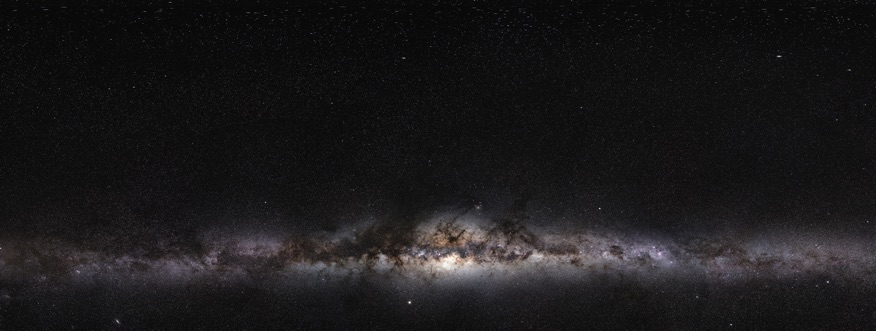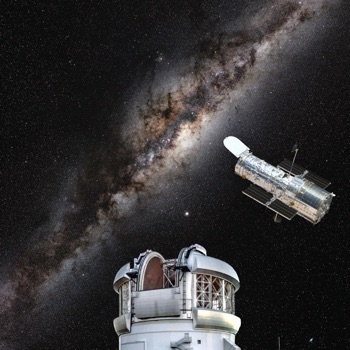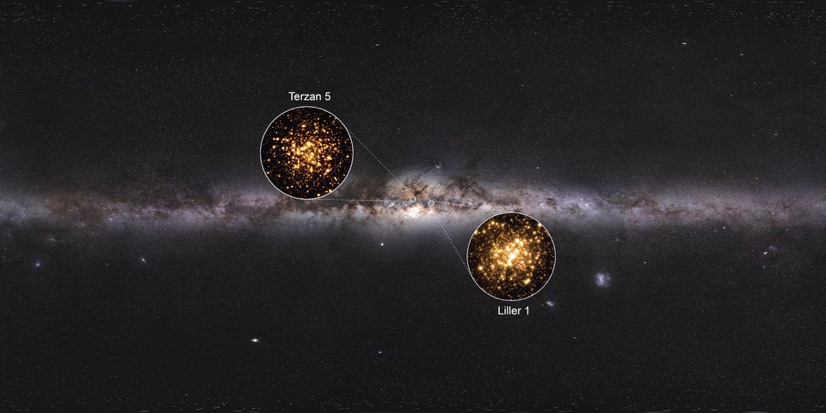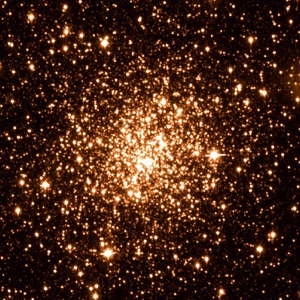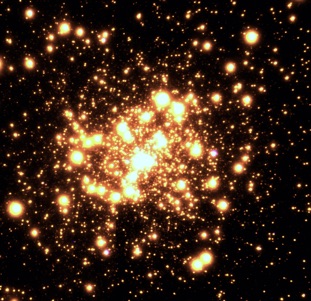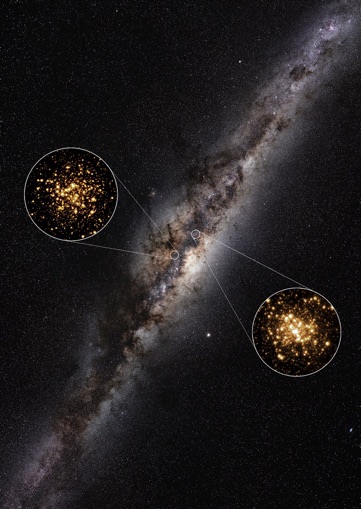The most relevant aspect of the discovery, however, is that this is the second time that a stellar system resembling a globular cluster, but “violating all the rules of its own category”, is found in the bulge of the Milky Way. A similar object, in fact, has been discovered 11 years ago by the same team of astrophysicists: Terzan 5 (this is its name) has been classified as a globular cluster for decades, but revealed the presence of both a stellar population as old as the Milky Way, and another one much younger (with an age of just 4.5 billion years) and with a much larger iron abundance. Its chemical composition is strikingly similar to that measured in Bulge stars, thus suggesting that this system is the fossil remnant of a much more massive structure that contributed to generate the central region of the Milky Way approximately 12 billion years ago.
While a single case could have been just a curious anomaly (usually, one swallow doesn’t make a summer!), the discovery that Liller 1 has very similar properties allowed the astrophysicists to define a new class of stellar systems that, so far, were disguised as globular clusters behind the thick dust clouds obscuring the central region of our galaxy: they have been named “Bulge Fossil Fragments”.
